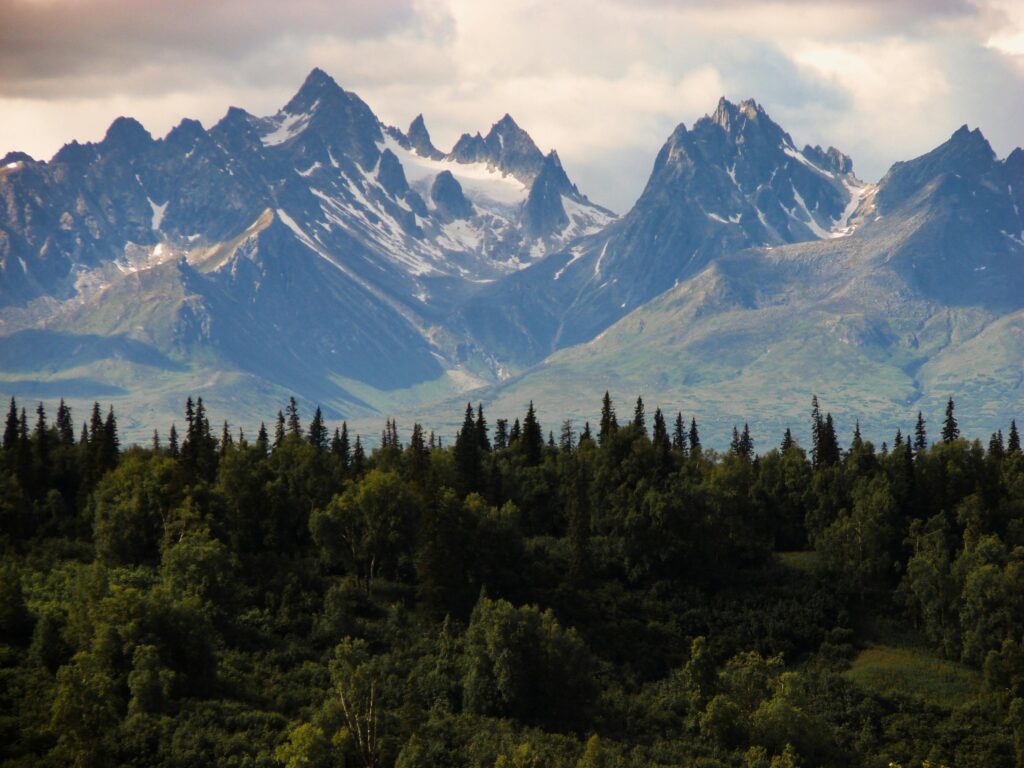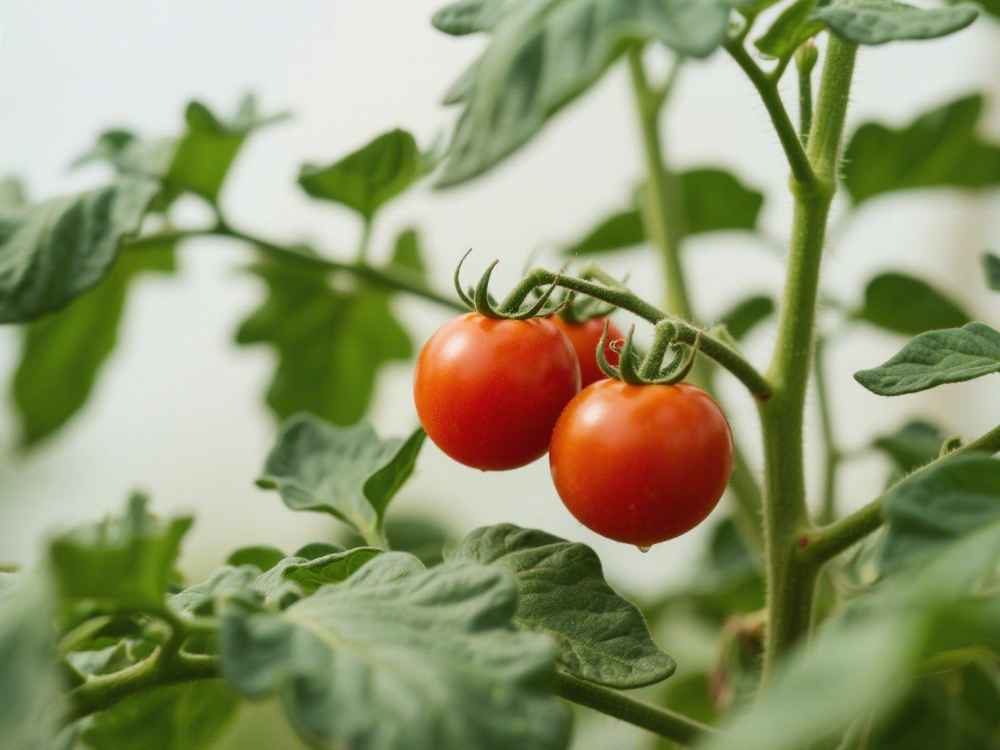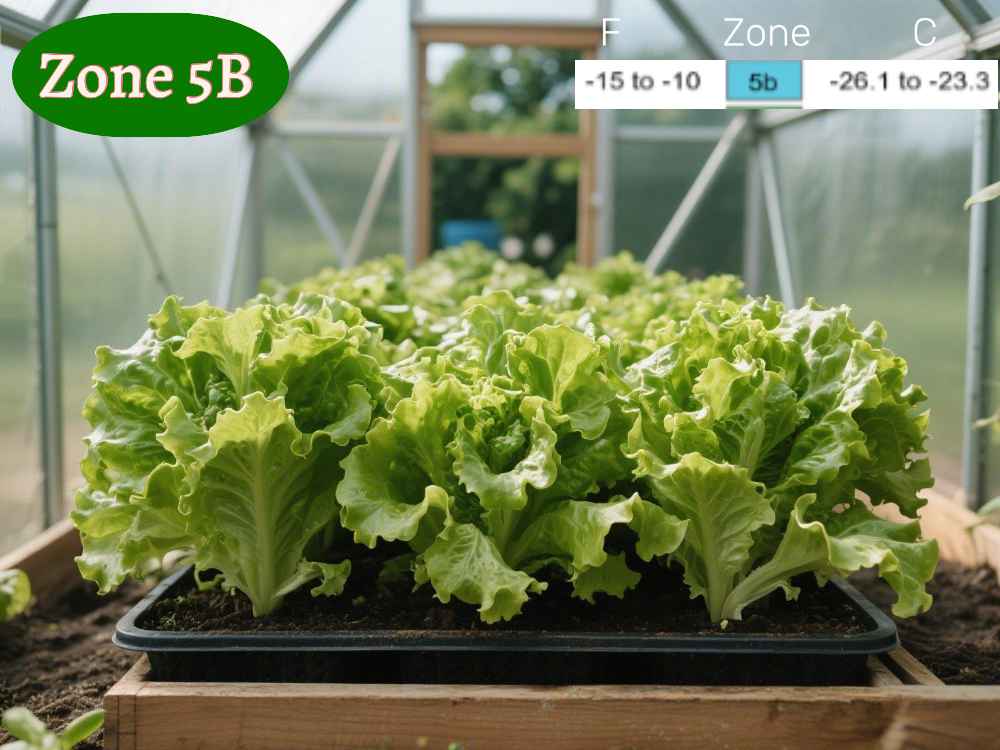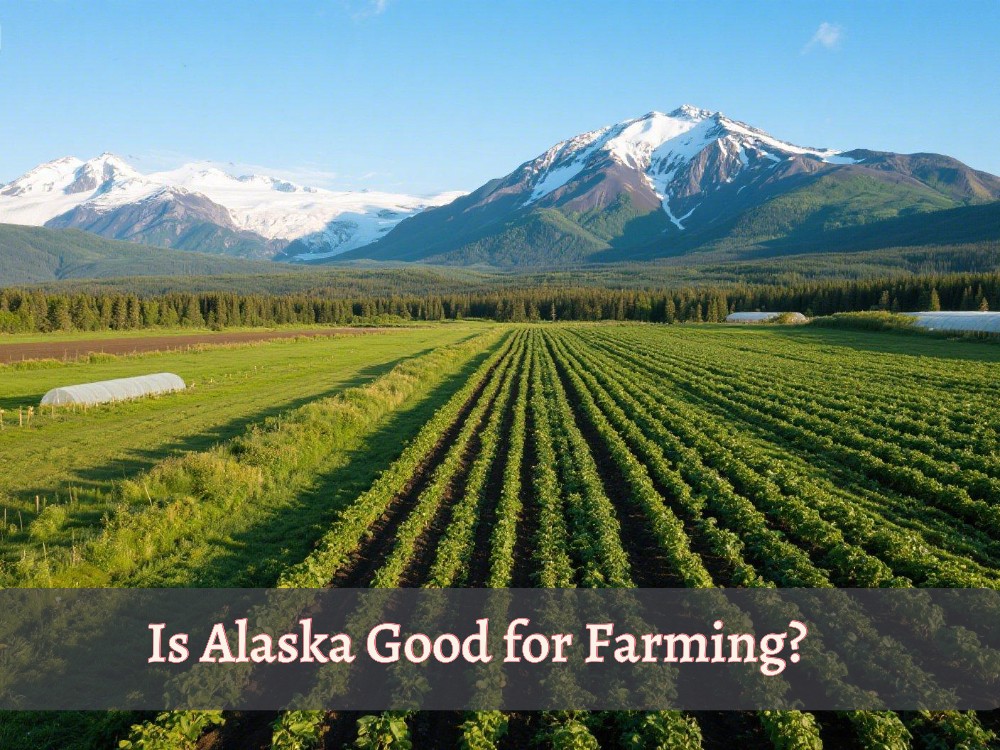Alaska’s weather is harsh, with a short growing season and a long frost period. Growing tomatoes in Alaska may seem like a war to some people, but since tomatoes are a must-have kitchen facility for all homes, they should be added to your cool-season garden.
You must read: Alaska Planting Zones.
So, when you are fed up with the bad taste of tomatoes from the supermarket and decide that “I have to grow tomatoes, even if it is cold like in Alaska, then the first question that comes to mind; “When to Start Tomato Seeds in Alaska”
Can you Grow Tomatoes in Alaska?
The possibility of growing tomatoes in Alaska is dependent on your attention. You can grow tomatoes in Alaska with some special conditions;
Choose Cold-Tolerant Varieties
All tomato varieties do not perform well: some are heat-tolerant, and some are cold-tolerant. But remember, whether there is any variety, all tomatoes die under 0C temperature.
Choose cold-tolerant tomato varieties that can survive at 4 to 10C minimum. Alaska Garden Adventure recommends Micro-Tom, Tiny Tim, and Red Robin.
Start Indoor Seeds
Since cold weather comes early and stays for a long time in Alaska, you have to sow tomato seeds indoors before 6 to 8 weeks of the last frost date.
Additionally, proper light, humidity, and warmness are also crucial for tomato seedlings. Things like greenhouses, grow lights, and heat mats are very helpful to grow tomatoes in Alaska.
Keep Track of Time
Alaska’s growing seasons are about 110, 100, and 60 days in southeast, interior, and north Alaska. Ask about the maturity time of the tomato variety from the salesman, and always purchase early-maturity varieties with compact growth habits that can be easily grown in containers.
Best Tomato Varieties for Alaska
| Tomato Variety | Features | Days to Maturity |
|---|---|---|
| Glacier | Very cold-tolerant, early producer, bush type | 55–60 |
| Siberian | Great for cold climates, early ripening, compact plant | 50–60 |
| Sub-Arctic Plenty | Bred for Alaska, performs well in low light and short seasons | 50–55 |
| Polar Baby | Miniature size, bushy growth, very early | 48–55 |
| Tiny Tim | Dwarf variety, ideal for indoor or greenhouse growing | 50–60 |
When to Start Tomato Seeds in Alaska?
The most critical thing in growing tomatoes is the best planting time (seed starting time), and that too, in Alaska. Due to its short growing season, even a slight delay can negatively affect the entire tomato crop.
Choosing cold-tolerant tomato varieties is not enough! The real thing is to plan seed sowing time according to regional climate because both factors matter in deciding the right planting time. (Here’s how)
Whether you live in the south-central parts of Alaska, north areas, or any coastal zone, each region has different frost dates and growing seasons, so timeline or tomato seeds are different in the same state of Alaska!
Why the Right Planting Time for Tomatoes Seeds Matter in Alaska?
- Because Alaska’s weather keeps changing, and even the last frost date may end in late May.
- Each USDA zone has a different temperature range and day duration.
- Some tomato varieties mature early, while some grow as perennials, especially when ideal growing conditions exist consistently.
- Above all, by planting tomato seeds at the wrong time, the tomato crop will either not ripen fully or will be destroyed by frost because frost comes again early in the next year.
The Best Planting Time for Tomato Seed Starting in Alaska

Generally, you should start tomato seeds from late March to early April, before coming May (the last frost period), and then transplant in late May to early June. The frost dates are distinct from area to area, and the planting time may be slightly changed even in Alaska.
Interior Alaska
According to NOAA estimations, the last spring frost date is mid-May (17 May), and the first fall frost is at the beginning of September. The growing season length is 110 days, and USDA zones 1a-2b are located here.
- When to start tomato seeds: Before 6 to 8 weeks of last spring frost (usually from late March to early April). According to UAF, before 7 to 9 weeks is ideal for tomatoes, but tomato planting can be started before 6 weeks.
- When to transplant: Shift tomato seedlings outdoors after 2 weeks of last spring’s frost (mid-May or late May), when night temperatures consistently stay above 10 Celcius.
South-Interior Alaska
The average last spring frost in south-interior Alaska (Anchorage) is 4 May, and the first fall frost starts on 24 September. In these parts of Alaska, the USDA zones 4a to 5b are found, where the growing season is about 142 days.
- When to start tomato seeds: Before 6 to 8 weeks of 4 May! It means you can sow tomato seeds indoors from early to mid-March.
- When to transplant: Transplant tomato seedlings in mid or late May when nights start to reach at positive temperature (above 10C). Or after Memorial Day!
Southeast Alaska
In southeast Alaska, such as in Jeanue, the last spring frost date ends on 26 April and starts again on 15 October. This area consists of USDA zones from 4a to 7b, where the growing season persists for about 171 days.
- When to start tomato seeds? 6 to 8 weeks before 26 April (late February to early March).
- When to transplant? Since the first frost comes late, you should transplant in early May. Just make sure that the night temperature stays consistently above 10C.
West Alaska
The weather is harsh in West Alaska! For example, frost starts on 28 May and ends on 16 September, making the growing season 110 days in Bethel. While in Nome, the growing season is just off 73 days, where frost starts on 26 August and ends on 13 June. These areas cover USDA zones 2a to 3a!
- When to start tomato seeds? Start tomato seeds in mid-April living in Bethel. In Nome, you have to grow tomato seeds in the greenhouse, and it may be until harvest.
- When to transplant? In Bethel, transplant tomato seedlings in mid-June but due to the short growing season in Nome, there is no need to transplant tomato seedlings outdoors. You have to grow in greenhouses!
When and How to Start Tomato Seeds In Alaska? The REAL consideration
Just remember that tomato requires a moist environment with a warm temperature above 10C for seed germination. For vegetative growth, it prefers a temperature between 18 to 27 Celcius. So, when starting indoors 6 to 8 weeks before the last frost date, keep tomato seedlings in a warm place in your home, such as a kitchen, or use a heat mat.
Here’s how to sow tomato seeds!
When two leaves appear, provide LED lights to encourage leafy growth. Before transplanting, the outdoor soil and air temperature should stay consistently above 10C. Always hardening off tomato seedlings before transplanting outdoors. Plant tomatoes in greenhouses, where the growing season is just for 3 month.






